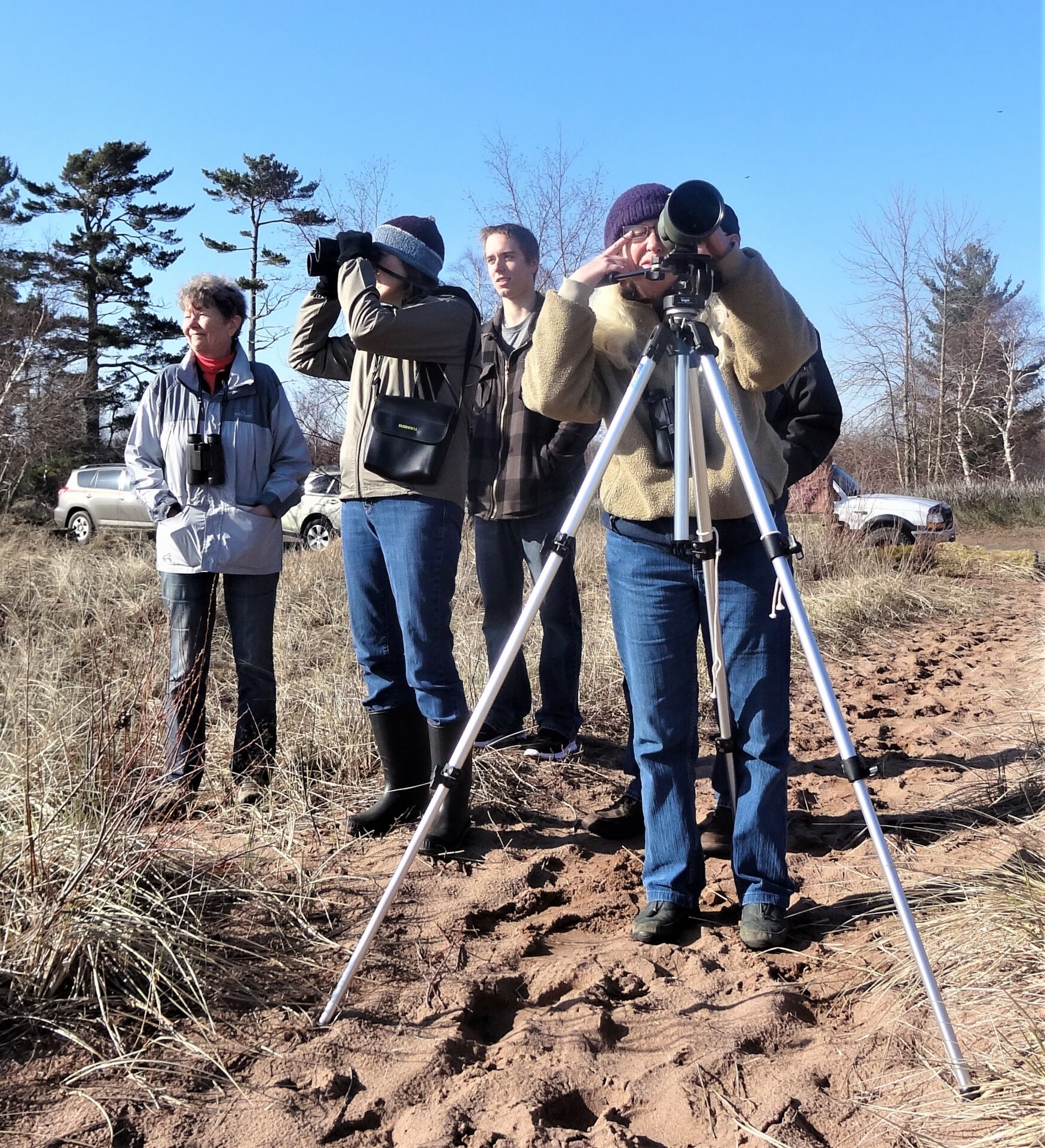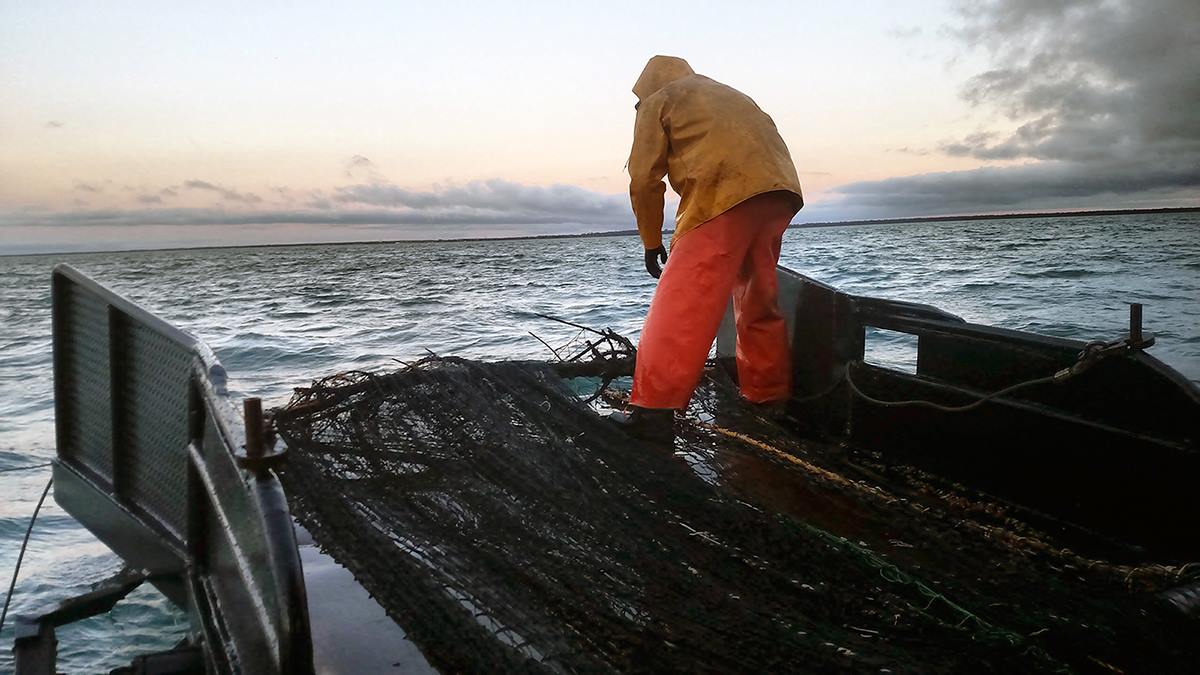There might be plenty of fish in the sea. Now, more than 1,000 miles from the Atlantic Ocean, there are plenty of Atlantic salmon—120,000 pounds’ worth—in the Town of Northfield, Wisconsin. Superior Fresh, LLC, opened in late August thanks to a university-private industry collaboration and is expected to employ up to 50 people. The business reports it is the largest aquaponics facility in the world and the first indoor recirculating aquaculture system (RAS) in Wisconsin raising Atlantic salmon.
The 40,000-square-foot fish-rearing facility is using the same water to raise the salmon, as well as rainbow trout, which nurtures eight types of greens in a RAS setup that is also known as aquaponics. All the products will feed consumers hungry for fresh, locally produced goods. Superior Fresh is, said COO Brandon Gottsacker, “Based on the prospect that we can change the world.”
Changing the world right now? “The ‘why now’ question is because I wanted Karen to have something to focus on other than me since the kids are out of the house,” joked Todd Wanek, president and CEO of Ashley Furniture, the owner of the $20-million facility along with his wife Karen Wanek.
In all seriousness, the “why now” is in large part a response to America’s seafood deficit and a market clamoring for chemical-free, nutritious and delicious food.
This country imports more than 90 percent of the seafood it consumes, often from countries with lower health standards and raised in possibly non-sustainable ways.
Sustainable is the calling card at Superior Fresh, which has been a five-year project to get to the point of opening, employing hundreds of workers in the construction, engineering and landscaping trades in the process.
Gottsacker noted climate change is going to affect food cultivation. Then, there’s the sheer distance from farm to table. “Your salmon comes from 4,000 miles away to get to a local market, to our place. Vegetables come from Mexico or California, 2,000 miles away,” he said.
Superior Fresh harvested its first head of lettuce in July. Once operations are ramped up, each day will reap 30,000 heads of lettuce. That ensures a continuous flow of product upon which the marketplace can rely.
The fish are still growing. In 2018, the first of the 10-pound market-weight salmon will be headed to dinner plates. At Superior Fresh, the fish will go from egg to market in two years. Once at optimum operation, 160,000 pounds of fish will be produced annually in 20-foot wide tanks buried 10 feet into the earth.
Gottsacker is a graduate of the University of Wisconsin-Stevens Point and a former student of Chris Hartleb, a professor of fisheries biology. Wisconsin Sea Grant has long funded Hartleb’s research on rearing through aquaculture critical fish species of interest to state farmers. Hartleb is also the director of the University of Wisconsin-Stevens Point Northern Aquaculture Demonstration Facility (UWSP-NADF). For several years, Sea Grant has provided support for the activities at UWSP-NADF.
Some of those activities have centered on raising a domestic Cascade strain of Atlantic salmon brood stock, as well as eggs that originated in Iceland and were nurtured at UWSP-NADF for Superior Fresh. “We started raising the fish a year before they (Superior Fresh) were ready to accept anything. So it was critical to get a jump, to get rolling. They were able to jump into production a little bit quicker,” said Greg Fischer, UWSP-NADF’s facility operations manager. This partnership means the two entities share technical know-how, and demonstrate cold-water species expertise to advance operations.
Of the water where salmon and trout reside, 99.9 percent is recirculated to the adjoining 123,000-square-foot greenhouse through a series of underground pipes. The fish water supplies nutrients to enhance the plants, which are growing on hundreds of floating white rafts dotted with bright leaves sprouting upward and roots reaching into the water below. In turn, the plants cleanse the water of ammonia, which is harmful for the fish. The newly purified water makes a return journey through the pipes back to the tanks. The small percentage of water released irrigates an alfalfa field, “So, we are getting another crop,” Gottsacker said.
The greenhouse is a wonder of technology said Head Grower Adam Shinners, with a “smart” building that continuously monitors conditions and adjusts the air quality, relative humidity, fans, moisture, LED lights and shade curtain to ensure proper photosynthesis. Due to Wisconsin’s frigid winters with diminished sunlight, it would otherwise not be possible to cultivate the eight types of greens—green leaf, romaine, butter, spinach, lollo, red romaine, baby lettuce mix and spring greens mix—every month of the year. Shinners and his staff are also working to gain organic certification.
Wisconsin Gov. Scott Walker attended the Superior Fresh grand opening. He said, “This is a model. This is environmentally sound and economically sound. It’s good for the economy and good for the environment.”
That’s true, and he could have equally noted the business relies on academic research, education, outreach and workforce development. In this instance, Sea Grant funds the outreach, education and workforce development efforts of Emma Wiermaa. She is stationed at UWSP-NADF, alongside of Fischer, who said, “We just can’t push them (aquaculture technicians) out fast enough. It’s critical that they’re properly trained. That’s the other big issue. Even the kids that come to us, they’ve graduated. They have a degree but they still don’t know how to do this. If we train them for another year or two and we send them out, they’re having really good success. Right now, some of the highly sought-after personnel Superior Fresh is hiring are our past interns or technicians.”
UWSP-NADF will also enter into a formal on-site internship program with Superior Fresh going forward, keeping up the mentoring and enriching the business-academic partnership in the bargain, all for a sustainable food production system that offers up a tasty meal of salmon and salad in the end.





